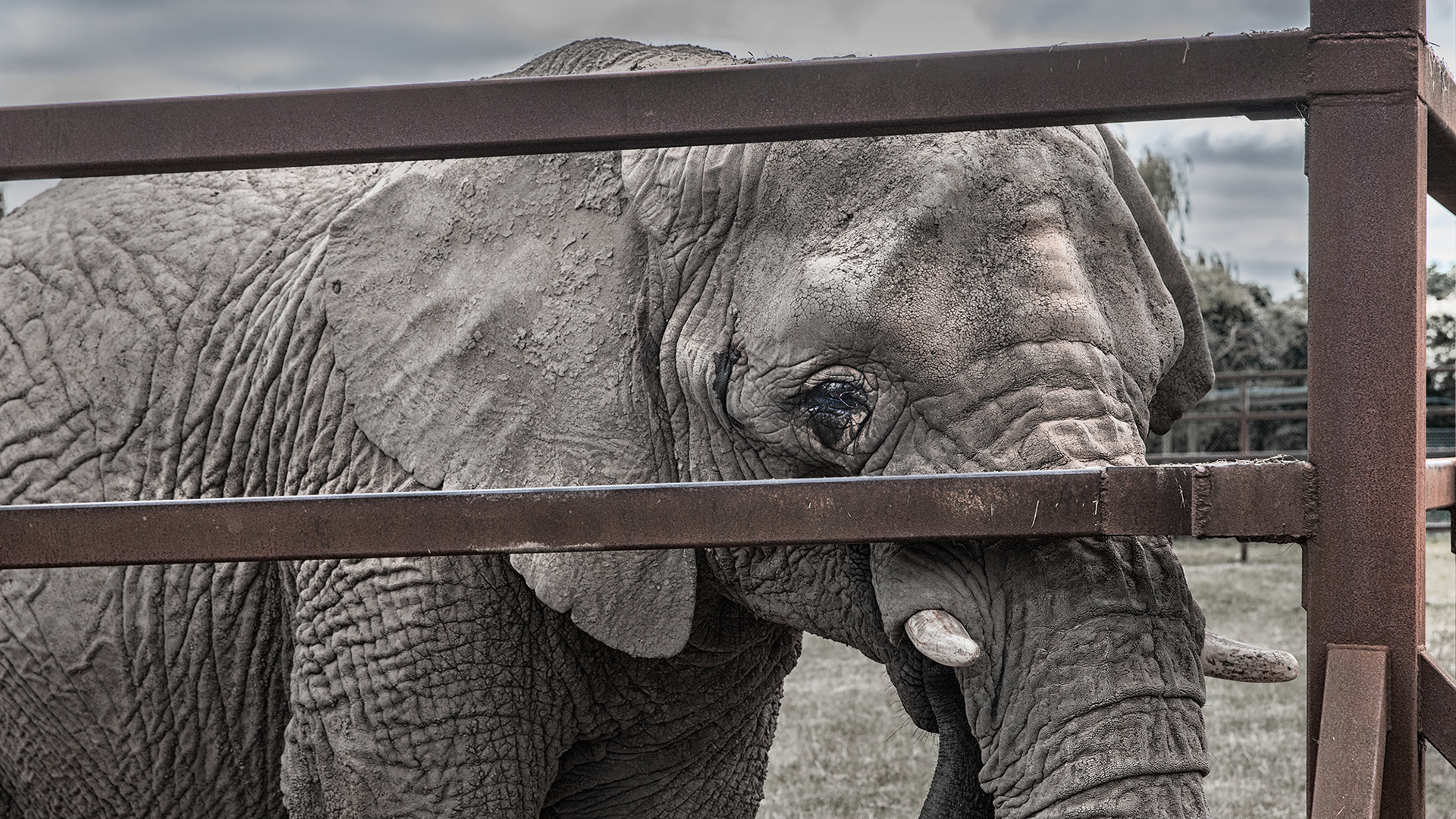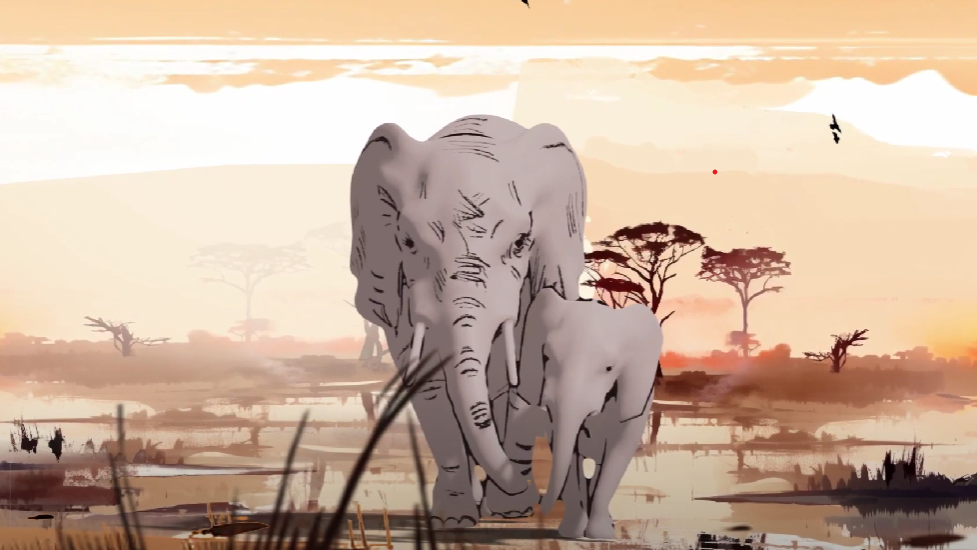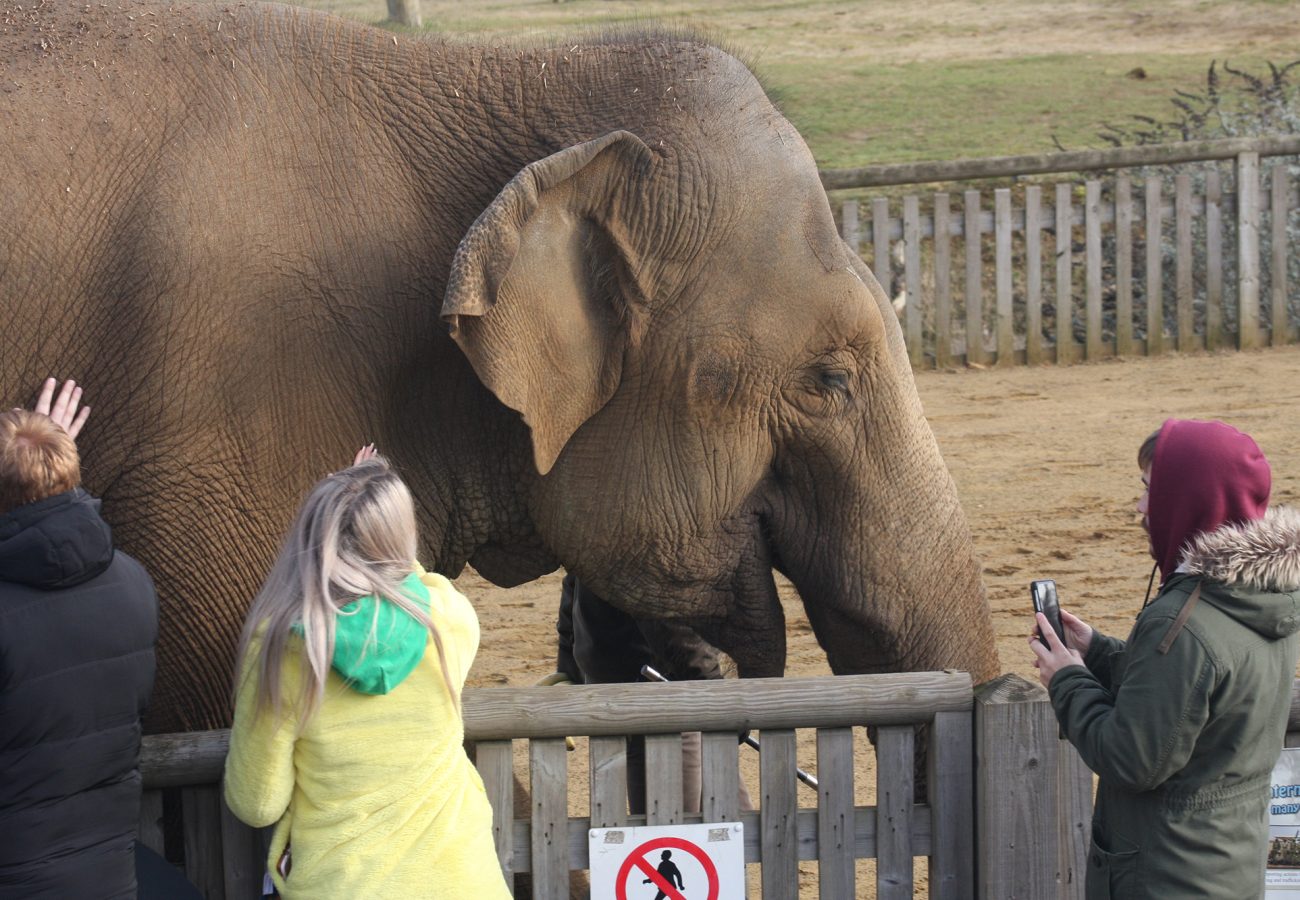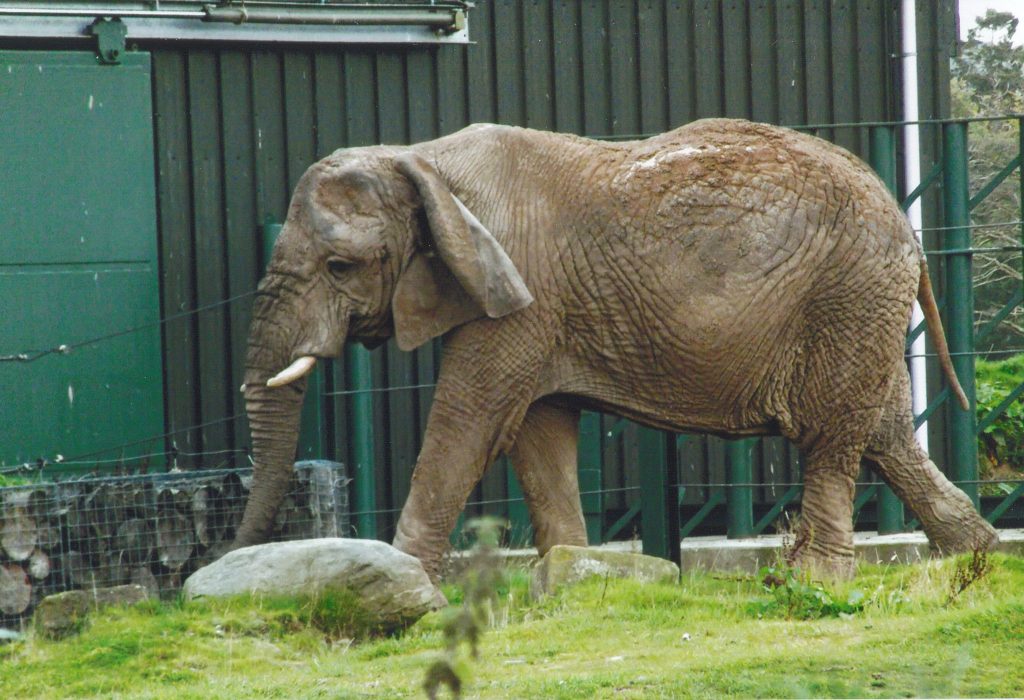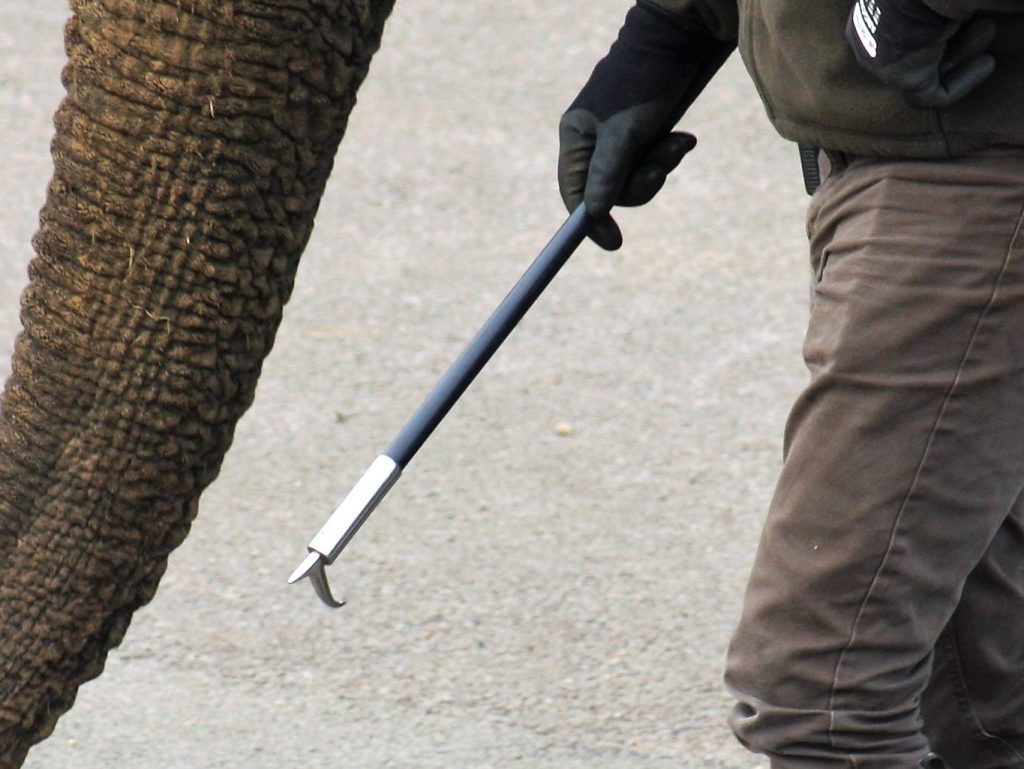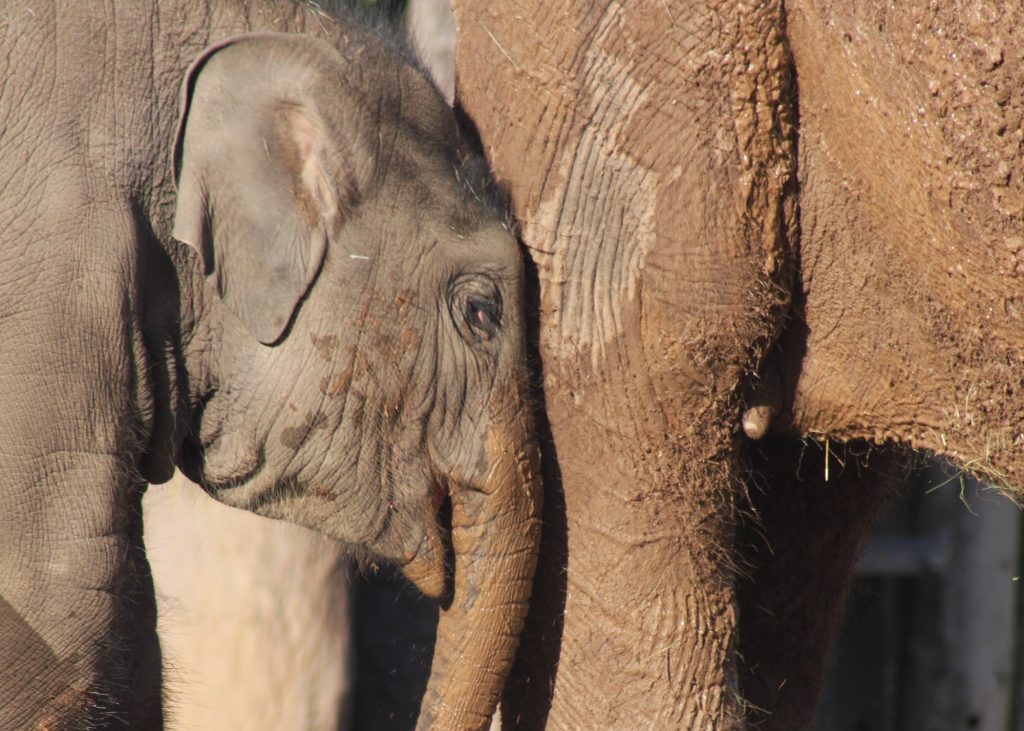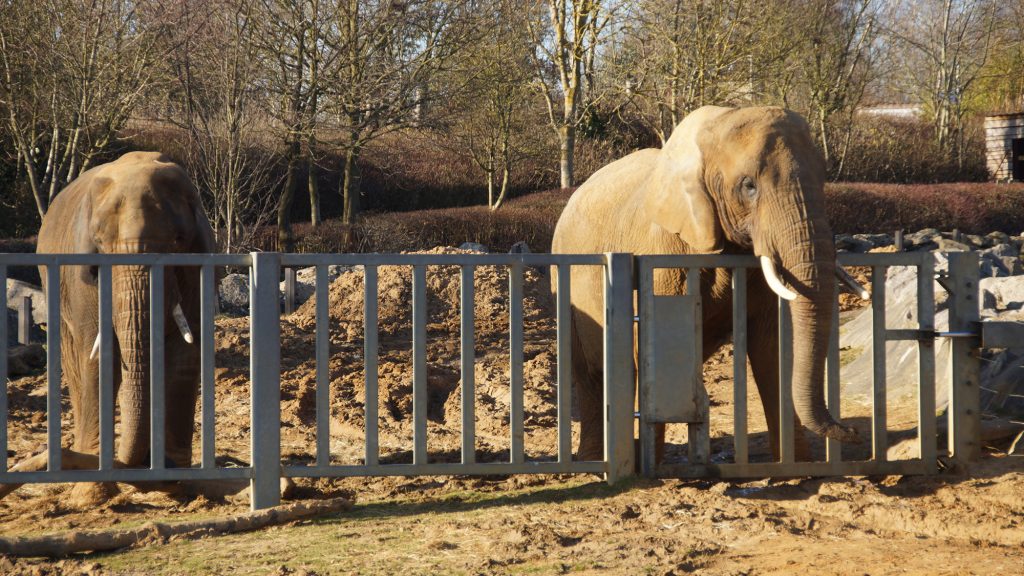HERPES
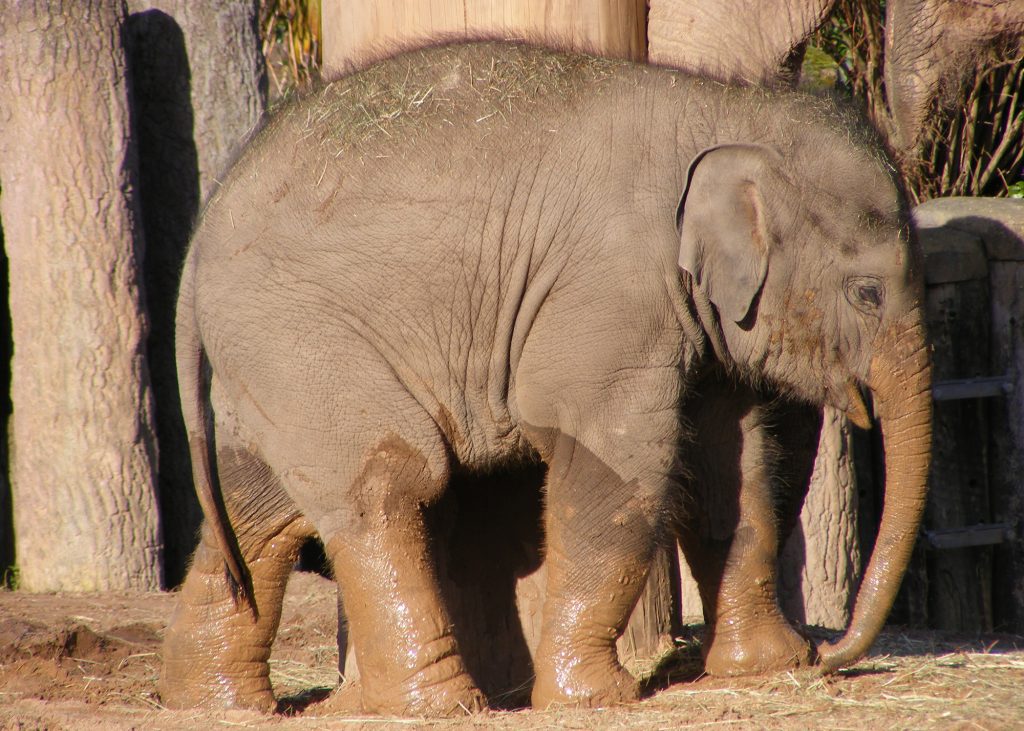
Elephant endotheliotropic herpesvirus (EEHV) is an infectious type of herpes virus found only in elephants. Symptoms include swelling of the head and trunk, ulceration of the mouth and internal haemorrhaging. Asian elephants between one and eight years old are particularly susceptible to death from EEHV haemorrhagic disease. It is a significant cause of mortality in zoos, responsible for around half of all juvenile Asian elephant fatalities in Europe and North America. There is no reliable cure for EEHV. While work is underway to develop a vaccine, its effectiveness remains unclear, as does its wider purpose outside of maintaining zoo elephant populations.
The virus may be present in many elephants without any symptoms being visible. The disease can be triggered by stress, for example, early weaning and transfers of other elephants between zoos.
While there is evidence that the disease may also be present in wild populations, it is not associated with the mortality of the magnitude seen in captive Asian elephants.
TUBERCULOSIS
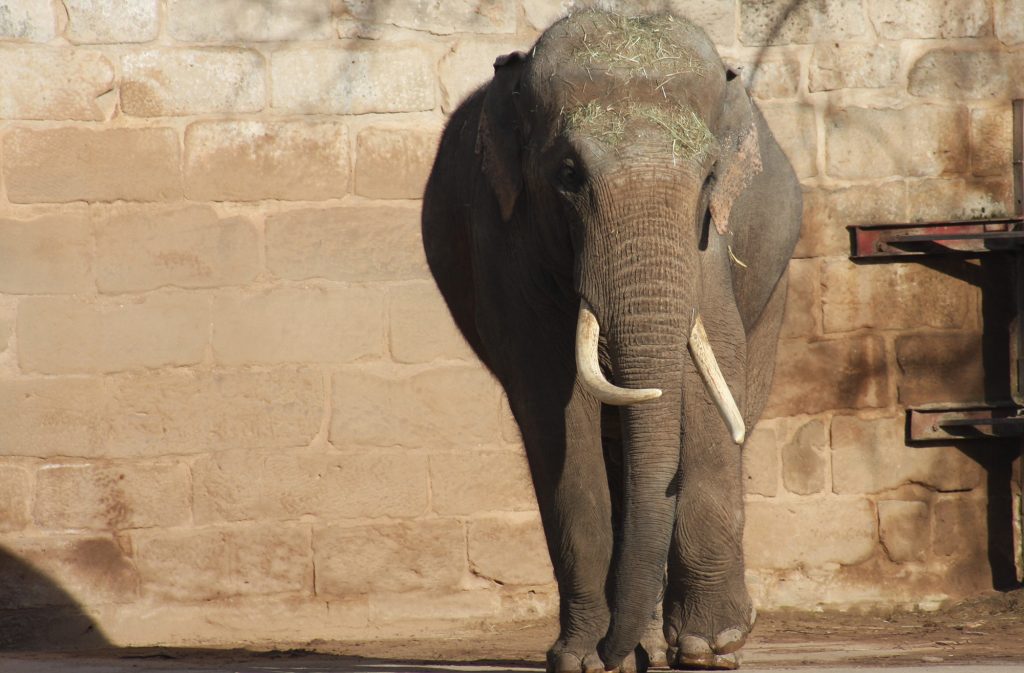
Tuberculosis (TB) in elephants is generally caused by Mycobacterium tuberculosis and M. bovis species of pathogenic bacteria. This disease, which causes weakness and weight loss, is spread by airborne infected droplets, and appears to be an increasing problem in captivity. In recent years, TB has evolved into much more deadly drug resistant strains. TB in elephants is particularly significant as the disease can be transmitted to and from humans.
SKIN PROBLEMS
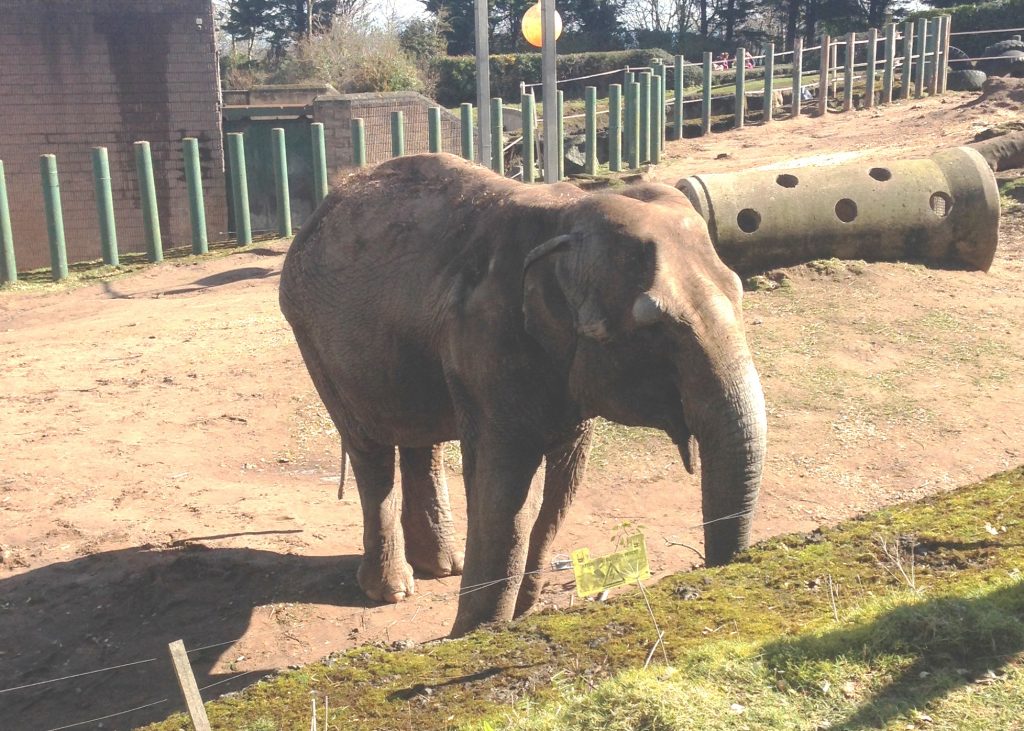
An elephant’s skin is very sensitive to the sun and in the wild, individuals will use mud or a dust bath to protect their skin. This also helps keep the skin in good condition, which is important in regulating body temperature and maintaining skin flexibility. Since captive elephants may have little or no access to dust baths or mud wallows, they are often unable to protect themselves and skin problems may arise as a result. Prolonged periods of time in indoor enclosures creates the opportunity for the development of pathological skin conditions not seen in the wild. Captive elephants living in countries with colder climates like the UK may have to spend longer periods of time indoors if it is too cold to be outside. The enclosure may be heated, which can dry out skin. Standing or lying in the same space where an animal urinates and defecates may further exacerbate skin problems.
OBESITY
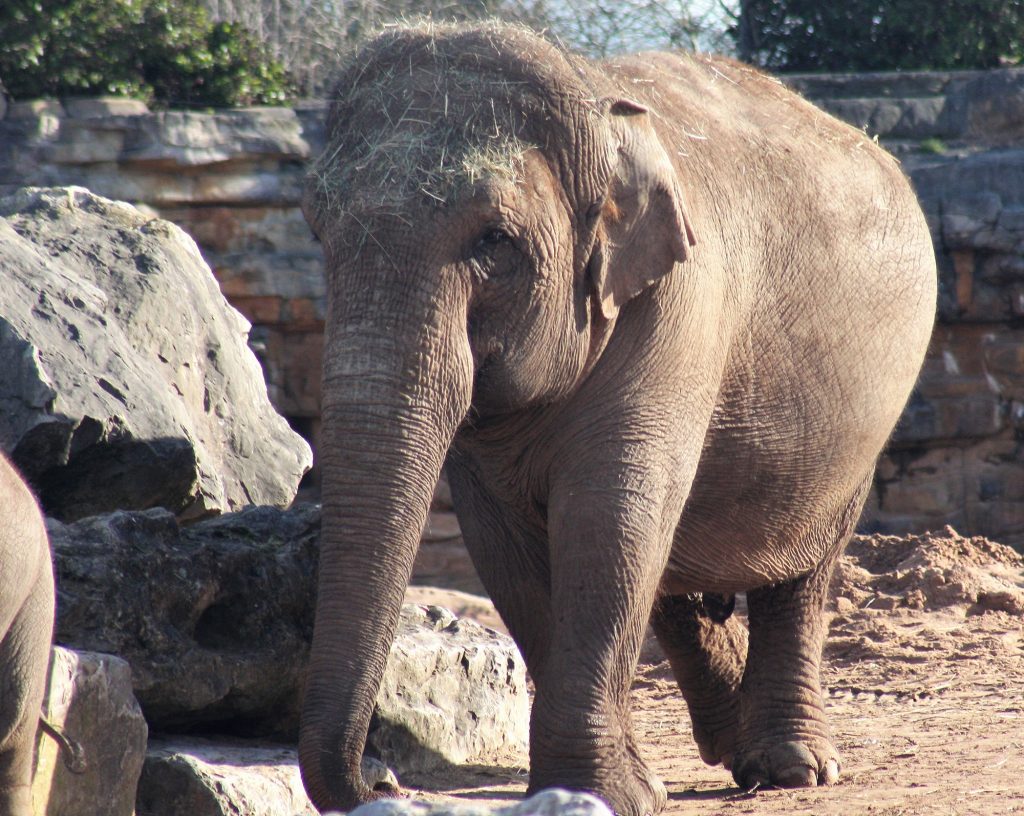
Captive elephants are subject to a relatively limited and controlled diet, dependent on provisioning by keepers. Unlike their wild counterparts, food may be easily accessible and requires little energy or time to process. This, coupled with limited opportunities for physical exercise in small enclosures, contributes to the prevalence of obesity in captive populations. A 2008 report found that 92% of elephants in UK zoos were overweight.
JOINT & FOOT PROBLEMS
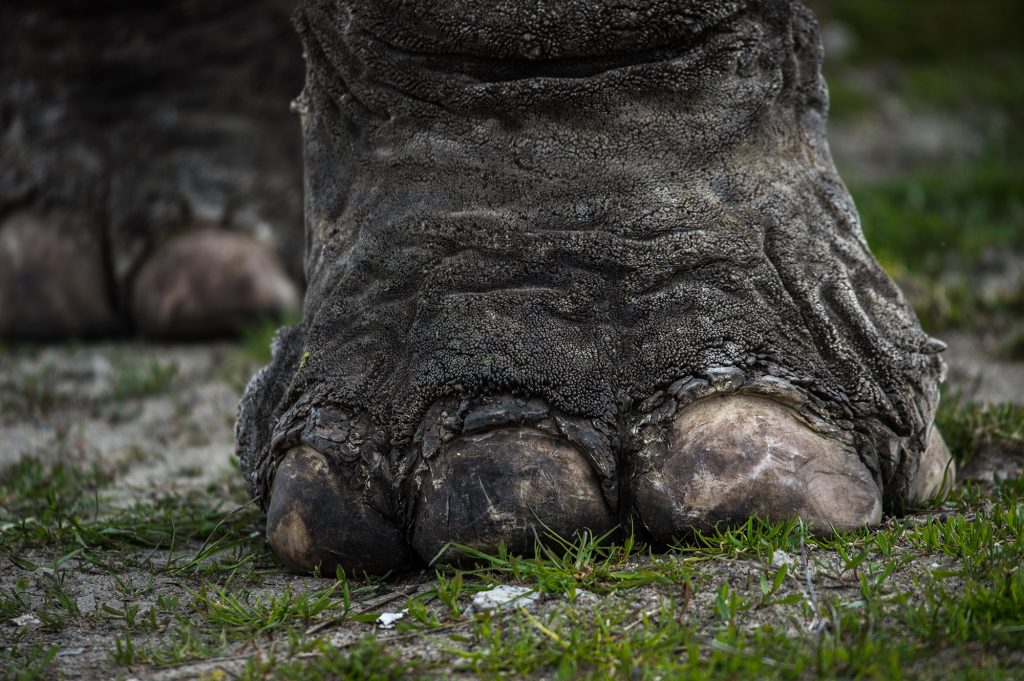
Joint and foot problems are common in zoo elephants, and may be the result of excessive body weight, lack of exercise and inadequate flooring. Excess weight bearing down on joints and feet can damage leg ligaments and contribute to arthritis, which can be very painful. In 2008, the majority of elephants in zoos were found to have foot problems and walking difficulties. Many elephants in UK zoos were found to have an obvious limp or lameness, an issue that has continued to be documented. In 2019, a study found that 98.5% of elephants observed in European zoos were affected by at least one foot issue. Such issues are also exacerbated by the UK climate.

